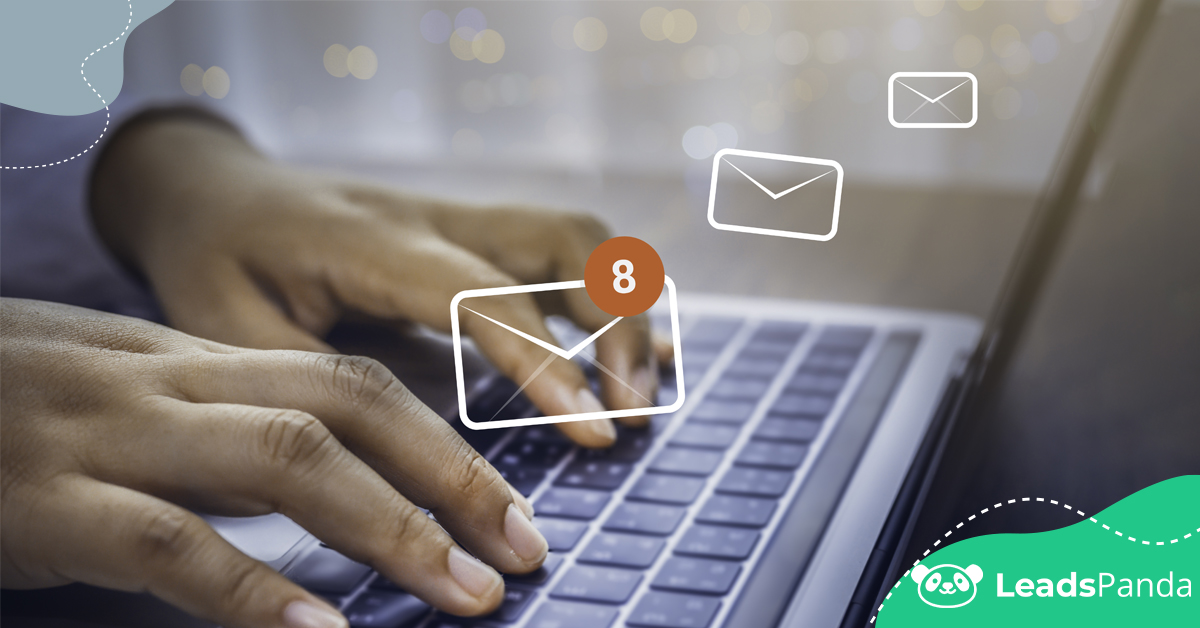What is the most effective email marketing strategy?
According to statistics:
99% of consumers check their email daily.
80% of business professionals believe email marketing helps boost customer retention.
59% of consumers say marketing emails influence purchase decisions.
Even so, to gain all the advantages of email, you have to have a good email marketing strategy that stands out and gets opened. So, to answer your question, I want to share several email marketing guidelines that I have used in my own campaigns that have proved to be very effective.
1. Keep your subject lines short
When it comes to subject lines, it’s important that you keep your text below 60 characters.
Long subject lines tend to put your audience off. They will also get cut off when it arrives to an email inbox, unable to communicate its purpose in one glance. On the other hand, shorter subject lines quickly, and more directly, inform your audience. They are also better at engaging them and getting them to open your email.
2. Time your emails carefully
There’s a lot of debate as to the perfect time to send emails. While it will largely depend on how well you know and understand your core audience, generally, open rates a big spike when you send from around 8PM to midnight.
Why? During this time, your marketing emails aren’t likely being sent along with personal and work emails. Your recipients’ inbox are free from clutter, which could help your email’s chances of being opened. Additionally, your email comes in as their day is winding down, giving your audience more time to actually read through it.
3. Test whether you should personalize your emails
The general rule of thumb about marketing emails tells us to personalize our communication. Call recipients by their first names whenever possible so you can build better rapport. For email subscribers who have willingly provided their personal details, it certainly helps to reach out to them and address them by their first name.
However, given the numerous cyber-security concerns today, including identity theft, credit card fraud, and phishing, to name a few, some emails bearing personalized greetings could set off alarm bells among your recipients. Additionally, when an email jumps the gun by establishing familiarity from the get-go, it could seem suspicious.
Your best bet is to test what works for your audience. If you want to leverage on personalization for your audience, do so in a meaningful way beyond just addressing them by their first name. For example, try displaying personalized content based on each recipient’s purchase history to better engage them.
4. Offer something of value in your email
Freebies—everybody loves them. Trust me.
Some key examples of what you can offer to add better value to your email — a free coupon, discount, downloadable content like whitepapers, exclusive research, templates.
Before your recipients open emails, expect them to ask themselves — “What’s in this for me?” Make sure you have something compelling that entices them to read and moves them to take positive action.
5. Optimize for mobile
46 percent of email opens happen on a mobile device. So, be sure that your email is optimized for mobile devices. Nothing is more off putting than an email your audience actually wants to read but ends up scrambled and messed up when they open it on their smartphones.
There you have it. Hope my answer helps. As always, if you have any questions, feel free to reach out to me or leave a message below.
Share This Story
Get the latest growth ideas, strategies, and best practices delivered to your inbox.
Quick read that helps 7000+ subscribers.





